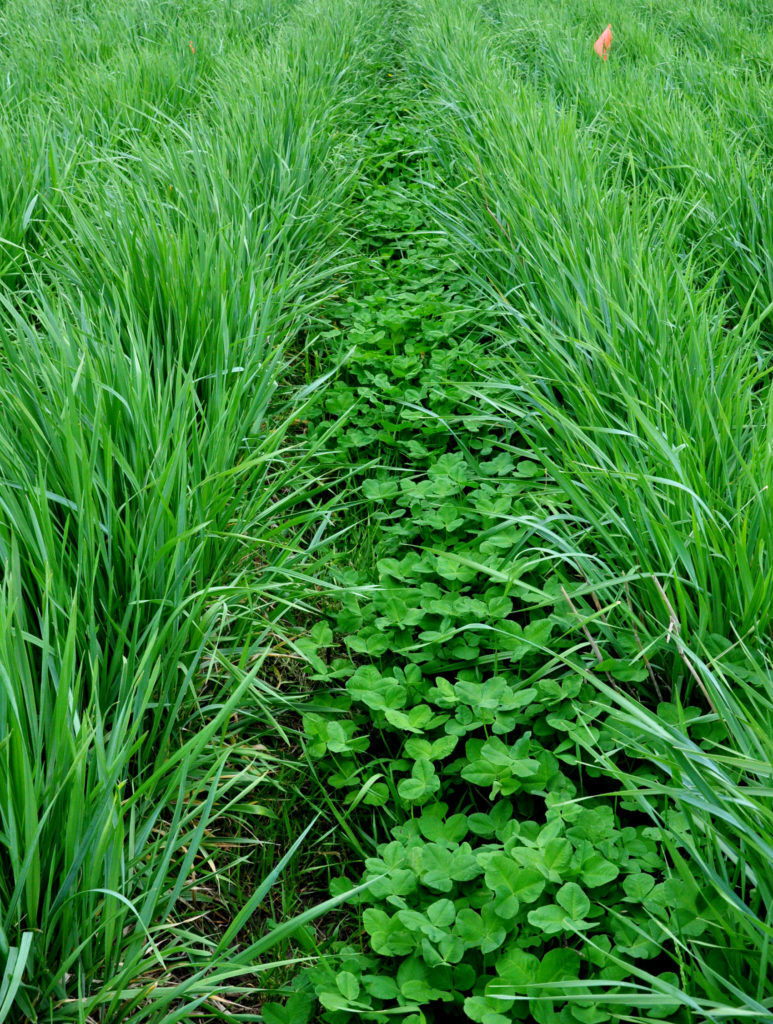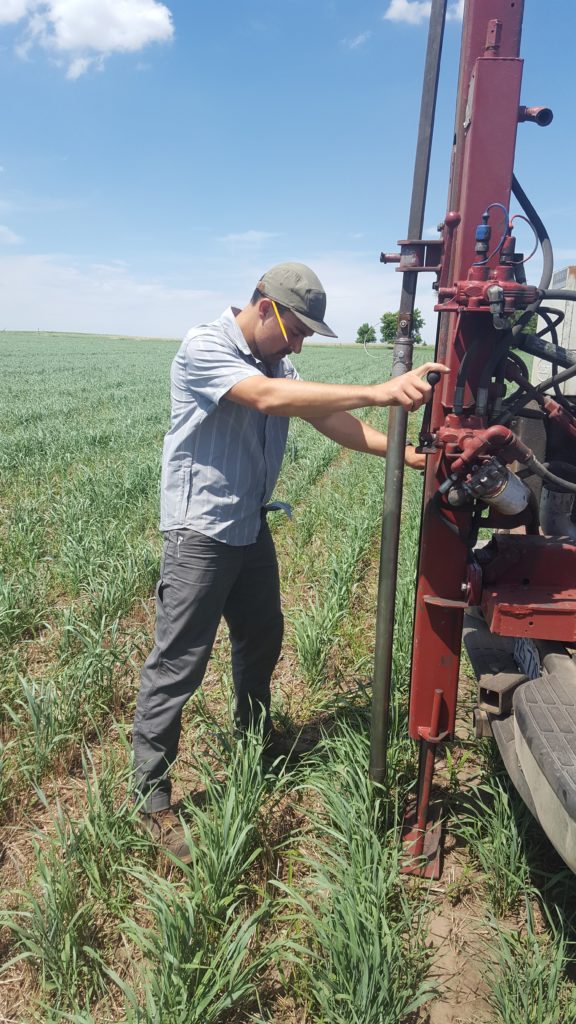The activities are as follows:
- Teacher Guide
- Student activity, Graph Type A, Level 3
- Student activity, Graph Type B, Level 3
- Student activity, Graph Type C, Level 3
- Grading Rubric
Most of the crops grown on farms in the United States are annual plants, like corn, soybeans, and wheat. Annual plants die every year after harvest and must be replanted the following year. Preparing farm fields for replanting every year can erode soils and hurt important bacteria and fungi living in the soil.
One way to change how we produce food is to grow more perennial crops. Perennial plants live for many years and don’t need to be replanted. Perennials stay in the ground all year and start growing right away in the spring before annual crops are even planted. This early growth also gives perennial crops a “head-start” in competing with annual weed species that emerge later in the season.
While there are potential benefits of perennial crops, they are not commonly planted because they tend to make lower profits for farmers than annual crops. Crop scientists are still examining potential options to make perennial crops work at a large scale for farmers. For twenty years, researchers at The Land Institute in Kansas and at the University of Minnesota have been looking at a new perennial grain, called Kernza®, that could be used as an alternative to wheat and rye annual crops. Kernza® comes from the seeds of a plant called intermediate wheatgrass. Because Kernza® is such a new crop, scientists still have a lot to learn about it. Before it can be widely used by farmers, they want to know what field conditions help the plants grow to ensure the crop makes money for farmers.
One strategy to improve field conditions for perennial crops is to plant legumes in the field alongside them. Legumes can make nitrogen, a nutrient that plants need to grow, more available to the plants around them. Additionally, farmers can select legume species that typically don’t compete with the crop but may outcompete weeds.
Jake is an ecologist who uses his knowledge about plants to make agriculture more sustainable. Jake wanted to do some research into alfalfa, a type of perennial legume that might work well with Kernza®. Jake thought that growing alfalfa alongside Kernza® would lead to increased profit and yield for two reasons. One, because it would add nitrogen to the soil to boost crop growth. Two, because alfalfa would compete with agricultural weed species, making valuable resources available for the crop plants.
To test this idea, Jake set up an experiment with his team. Alfalfa was grown with Kernza® at three different locations in Minnesota in 2019. The study was replicated four times at each site, with the same amount of alfalfa and Kernza® planted into each field. At the end of the growing season, the fields were harvested, and the plants were sorted into three categories: Kernza®, alfalfa, and weed species. He further sorted Kernza® by grain, which can be used for food, and straw, which can be used for animal feed. Jake wanted to compare yield, or plant growth per unit area, across the plant categories. To do this, he weighed all the plants in each category to get the biomass and then divided by the area of the field.
Featured scientist: Jake Jungers (he/him) from the University of Minnesota
Written by Claire Wineman (she/her)


